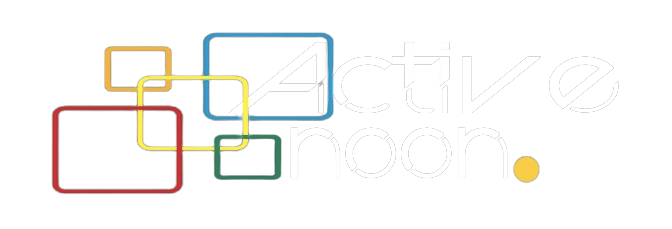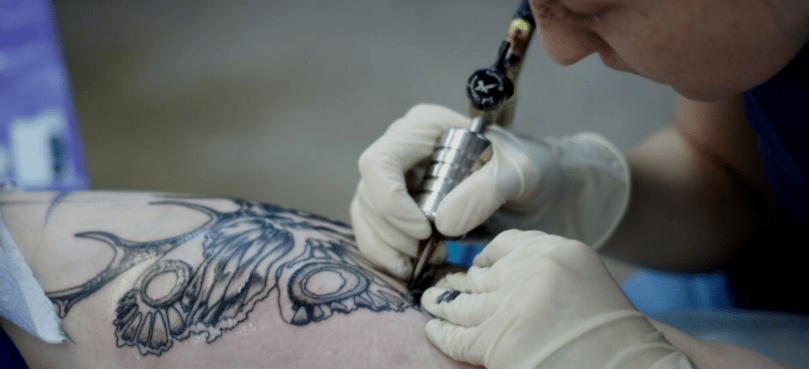Stroke or cancer changes more than health. It reshapes routines, budgets, and family roles. This guide explains how critical illness insurance can work alongside your mediclaim policy and other health insurance plans to handle real recovery costs in India.
It also shares practical checkpoints for families, including those exploring health insurance for senior citizens, so decisions feel calm and considered.
The Everyday Costs Families See After a Diagnosis
A major diagnosis rarely ends when the discharge summary is signed. Indian families often face regular trips for reviews, scans, and blood work. There may be physiotherapy after a stroke, speech exercises at home, a dietician’s plan that changes the monthly grocery bill, and time away from work for both the patient and a caregiver.
Taxis to the hospital add up, as do small items like compression garments or dressing supplies. These are routine, quiet expenses that can unsettle a household budget even when a person already has health insurance.
Why a Regular Mediclaim Policy May Not be Enough
A mediclaim policy or a standard health insurance plan is generally designed to reimburse eligible hospitalisation expenses in accordance with the policy wording. That is useful while the patient is admitted. After discharge, however, recovery often continues in outpatient settings.
Physiotherapy, counselling, occupational therapy, child care arrangements, and temporary help at home may not sit neatly within in-patient limits. Income can also dip if someone needs lighter duties or a break from work. The gap between hospital bills and the larger cost of recovery is where many families feel pressure.
How Critical Illness Insurance Helps in Practice
Critical illness insurance is usually structured to pay a lump sum upon the first confirmed diagnosis of a listed condition, subject to the policy’s terms and definitions. The payout goes to the policyholder, so it can be used with flexibility. Families commonly direct it towards:
- Rehabilitation and home care after a stroke
- Travel and stay near specialist centres for cancer care
- Everyday bills when income pauses, including EMIs and school fees
- Second opinions or consultations with sub-specialists
- Small but frequent costs such as transport, nutrition plans, and medical supplies
This cover can sit alongside existing health insurance plans. While the base policy handles eligible hospital invoices, the lump sum can support the wider journey without waiting for reimbursements.
How it Complements Existing Health Insurance
Think of roles rather than overlap. Health insurance helps with admissible treatment costs during admission. Critical illness insurance can provide a pool that is not tied to itemised bills. When combined thoughtfully, the two may cover:
- Immediate hospital charges during the acute phase
- Post-discharge routines that are usually out of pocket
- Temporary income disruption for the patient or caregiver
Families who prefer clarity often like this division, since it maps to how recovery actually unfolds.
Who May Consider Adding it
There is no single best health insurance setup, because households differ. Many buyers look at critical illness cover when they:
- Rely on one or two incomes that would be affected by time off work
- Support dependants and want a predictable cash flow during treatment
- Have a family history of certain conditions and prefer an added layer of financial resilience
- Are arranging health insurance for senior citizens and want a simple, lump-sum provision on top of their base cover
Choosing Cover Without Guesswork
A careful read of the policy wording is essential. Points that deserve attention include:
- List of Conditions: Stroke and several cancers are commonly listed, though the exact definitions vary by insurer. Check triggers such as stage, severity, and diagnostic criteria.
- Waiting and Survival Periods: Many policies apply an initial waiting period and may include a minimum survival period after diagnosis. Note these timelines.
- Sum Insured: Estimate months of expenses, travel, rehabilitation, and a cushion for an income pause. The figure should reflect your city, job type, and family responsibilities.
- Standalone or Rider: Some buyers prefer a standalone critical illness insurance policy. Others add it as a rider to existing health insurance plans. The choice depends on pricing, definitions, and convenience.
- Exclusions and Limitations: Review pre-existing disease rules, recurrence clauses, partial payouts, and how early-stage cancers are addressed.
- Claim Documents: Keep medical records, investigation reports, and specialist notes organised to support a smooth claim.
Simple Checklist Before You Decide
Use this quick list while comparing options for the best health insurance structure for your situation:
- Map current cover, including room rent limits and sub-limits
- List likely non-medical expenses for a stroke or cancer journey in your city
- Decide on a realistic lump sum based on three to six months of living costs
- Compare the standalone and rider versions of critical illness insurance
- Note waiting periods, survival clauses, and definitions for key conditions
- Keep documents in one folder for easier claims
Conclusion
Serious illnesses test a family’s routines and finances at the same time. Regular health insurance covers eligible medical bills during hospitalisation, while a mediclaim policy forms the backbone of many households’ protection. Critical illness insurance can provide a flexible sum to support the rest of the journey, from therapy to temporary income gaps. A measured review of policy wording, paired with a realistic look at your monthly costs, can make the financial side of recovery more manageable.
Related: The Best Business Payment Methods for 2025: From Cards to Cryptocurrencies
Disclaimer: The information provided in this article is solely the author’s opinion and not investment advice – it is provided for educational purposes only. By using this, you agree that the information does not constitute any investment or financial instructions. Do conduct your own research and reach out to financial advisors before making any investment decisions.

















Active Noon Media is the largest local to national digital media website that represents the voice of the entire nation.